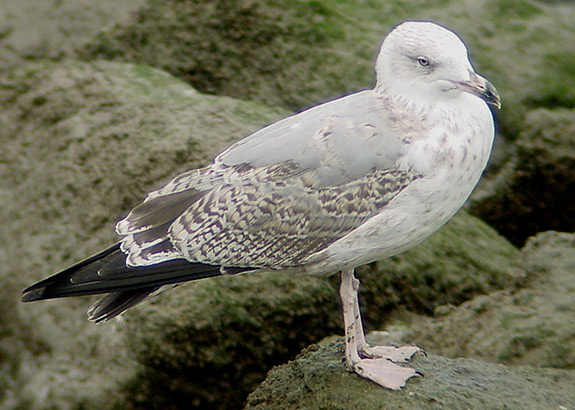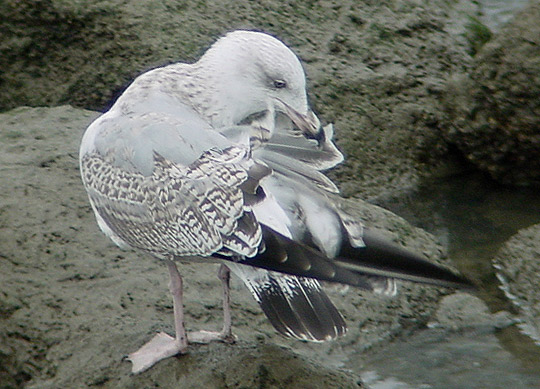 Yellow-legged
Gull- Geelpootmeeuw (L. michahellis): 2cy September
Yellow-legged
Gull- Geelpootmeeuw (L. michahellis): 2cy September
(last update: 08 december 2003)
YLG
1cy May
YLG
1cy June
YLG
1cy July
YLG 1cy August
YLG 1cy September
YLG 1cy October
YLG 1cy November
YLG 1cy December
YLG
2cy January
YLG 2cy February
YLG 2cy March
YLG 2cy April
YLG 2cy May
YLG 2cy June
YLG 2cy July
YLG 2cy August
YLG 2cy September
YLG 2cy October
YLG 2cy November
YLG 2cy December
YLG
3cy January
YLG 3cy February
YLG 3cy March
YLG 3cy April
YLG 3cy May
YLG 3cy June
YLG 3cy July
YLG 3cy August
YLG 3cy September
YLG 3cy October
YLG 3cy November
YLG 3cy December
YLG
sub-ad Jan.
YLG sub-ad Feb.
YLG sub-ad March
YLG sub-ad April
YLG sub-ad May
YLG sub-ad June
YLG sub-ad July
YLG sub-ad Aug.
YLG sub-ad Sept.
YLG sub-ad Oct.
YLG sub-ad Nov.
YLG sub-ad Dec.
YLG
adult January
YLG adult February
YLG adult March
YLG adult April
YLG adult May
YLG adult June
YLG adult July
YLG adult August
YLG adult September
YLG adult October
YLG adult November
YLG adult December
photo 6586: Yellow-legged Gull michahellis 2cy, September 30 2001, Boulogne-sur-Mer, NW France.
|
The head and under-parts have been
moulted. Primary P10 is fully grown,
resulting in a primary moult score (PMS) of 50. See Gull
Topography for explanation of PMS.
|
 |
 The
patterned fresh coverts create a "less advanced moult
stage" in this individual, compared to the one in the
The
patterned fresh coverts create a "less advanced moult
stage" in this individual, compared to the one in the